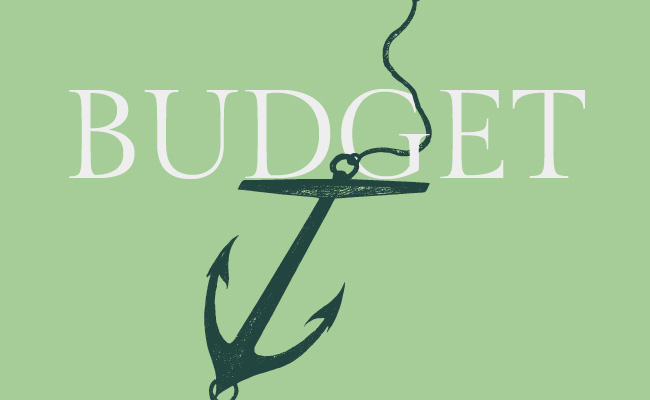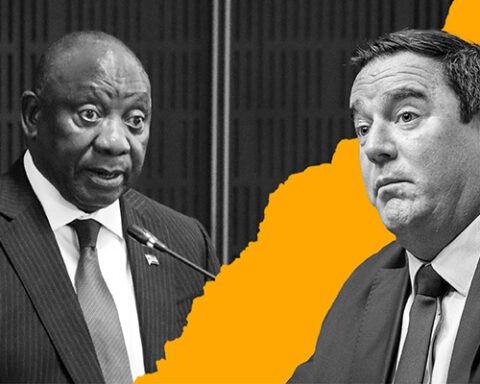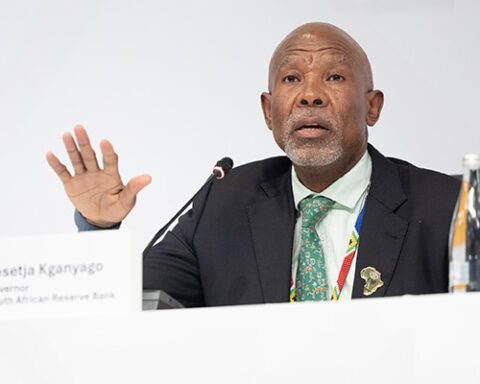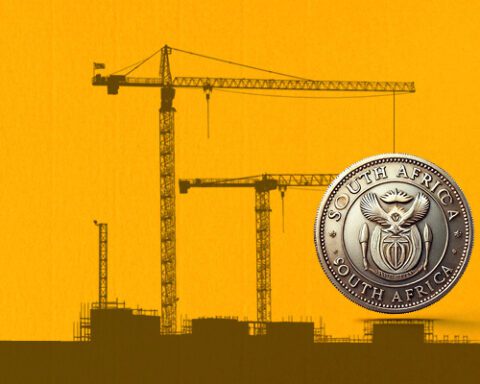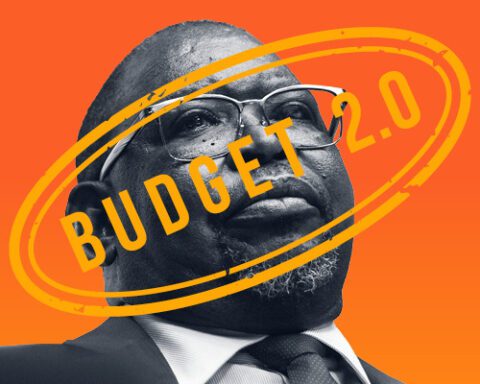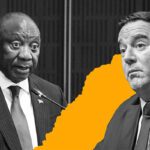The finance minister will deliver his fourth budget speech today. During his medium-term budget policy statement (MTBPS) in October last year, he described the National Treasury’s financial strategy as aiming “to achieve the fiscal sustainability needed to support inclusive economic growth”.
Sustainability has been a recurring theme in South Africa’s fiscal strategy for nearly 15 years. Unfortunately, we have little to show for it. Between 2012 and 2024, South Africa’s debt-to-GDP ratio increased from 41.1% to 74.1%. As a result, the share of the budget allocated to servicing debt nearly doubled.
While funding for health, education and social protection remained largely intact, allocations for defence, police, courts, prisons and housing were significantly reduced to accommodate rising interest payments. Based on the MTBPS, 22.4c of every rand will be allocated to servicing debt in 2024/25 – a highly regressive spending item.
With each year that we delay stabilising debt, interest payments claim an ever-larger share of the budget, and the budget balance required to stabilise debt grows. Despite this urgency, present conditions aren’t making it easy.
A 2023 International Monetary Fund (IMF) research paper identified six factors associated with successful fiscal consolidation. For South Africa, these factors highlight significant challenges:
- Strong domestic economic growth: Though there are some optimistic growth forecasts for South Africa, these forecasts are generally contingent on substantial progress in solving very complex structural constraints.
- Strong global demand: The IMF projects modest 3.3% global growth in 2025 and 2026, from an estimated 3.2% last year and below the historical rate of 3.7%. Trade wars and geopolitical fractures, however, pose risks.
- Low interest rates: Though rates are declining, they remain elevated by pre-pandemic standards, with global risks limiting room to cut.
- Export growth: Between 2012 and 2023, exports grew by an average of only 1.5% annually – a stark contrast to pre-2008 performance (see Lawrence Edwards’s 2024 paper, “Trade and Industrial Policy for South Africa’s Future”).
- Strong track record of fiscal management: Chronic overestimates of growth and revenue and underestimates of debt accumulation have eroded trust in budget promises.
- Broad-based political support: Fragmented politics and instability undermine the government’s commitment to long-term reforms. While conditions may fluctuate daily, the current climate signals potential challenges ahead.
Despite the urgency of flattening South Africa’s debt curve, the odds seem stacked against success. What do we do?
Plotting a way forward
First, and most obviously, we need faster economic growth.
We should continue driving reforms, especially those related to electricity, visas and logistics. We also need to better understand our poor export performance and reconnect our domestic economy to global markets. The World Bank’s “Unlocking South Africa’s Potential” report offers significant insights into how to achieve this.
Second, the consolidation plan should be well-designed. The IMF paper shares some insight: consolidation should be “gradual and back-loaded” while “protecting capital investment, education and health spending”. Plans that begin slowly and accelerate over time and protect investment spending tend to “stabilise debt more permanently with more contained output losses”.
However, a gradual, back-loaded approach demands trust, especially in the face of the present headwinds. Capital markets must respond to commitments to future surpluses just as they respond to the achievement of current ones. Without that trust, bond yields will remain high, slowing consolidation and complicating the process. This is why a fiscal anchor is so critical.
Simply put, a fiscal anchor is a rule that limits government spending or debt, typically set as a target for the debt-to-GDP ratio or the primary budget balance. Unfortunately, there is a common unfounded concern regarding the apparent inflexibility of fiscal anchors.
However, as the Covid pandemic in 2020 and the global financial crisis in 2008/09 showed, fiscal policy must retain the flexibility to respond to crises. As the Bureau for Economic Research’s recent note on fiscal anchors states: “Rules [fiscal anchors] should allow for countercyclical changes to taxes and expenditure” and should not “increase economic volatility”.
So what does the anchor do? It shields the budget from shifting whims – political or otherwise.
Around the anchor, protocols, procedures, and institutions are adjusted or created to ensure policy can respond effectively to maintain macroeconomic stability or address crises. Decisions can then be based on sound technical analysis and advice – reviewed, scrutinised, and debated within the framework of these standards and institutions – rather than political pressure.
Therefore, the design of an anchor is less about a specific number or target and more about the institutions and procedures that govern and legitimise decisions on when it can and should be adjusted or temporarily lifted. It isn’t a rigid mechanism that prevents responses to economic downturns or shocks.
While a fiscal anchor is not a silver bullet, it is a powerful tool when well designed. Dismissing its potential due to misunderstandings of its purpose would be a costly mistake. With a clearer understanding of what a fiscal anchor truly is, South Africa can build the broad support necessary to return to a financially sustainable path.
Fouché Venter is the executive director of Economic Research Southern Africa, a platform focused on boosting the impact, volume, quality, and policy relevance of economic research in the region. As an economist, he focuses primarily on South Africa’s fiscal policy challenges.
Sign up to Currency’s weekly newsletters to receive your own bulletin of weekday news and weekend treats. Register here.
